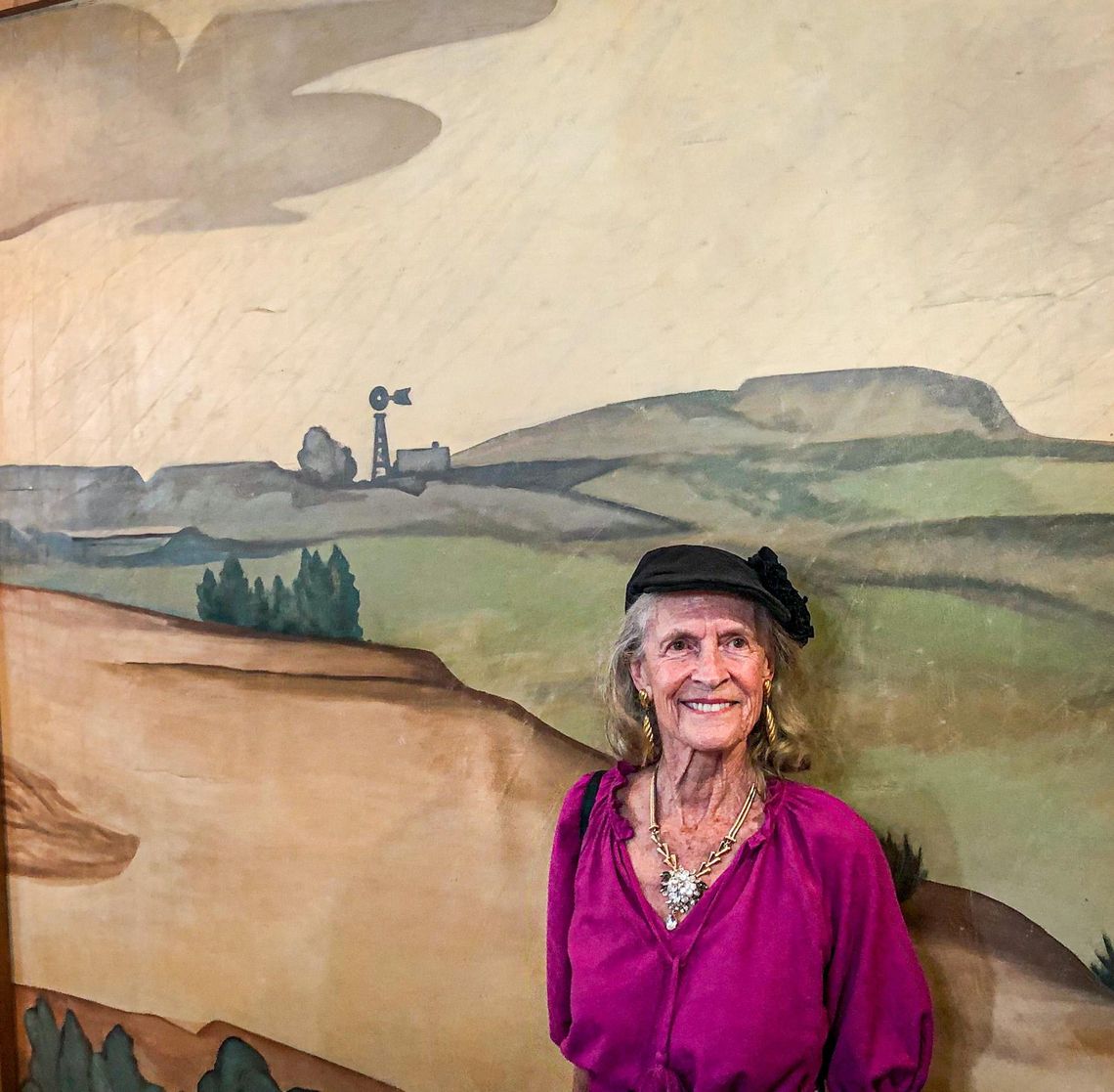James Buchanan (Buck) Winn (1905-1979) is considered one of the state’s best muralists.
The Texas-born artist was described as a renaissance man, according to J.W. Poe, president of the Wimberley Institute of Cultures. Winn was an architect, sculptor, inventor, he even received titles such as genius, innovator, and adventurer.
Recently, one of his works of art was permanently displayed in the Wimberley Valley Museum with a great deal of excitement.
PLEASE LOG IN FOR PREMIUM CONTENT. Our website requires visitors to log in to view the best local news.
Not yet a subscriber? Subscribe today!








